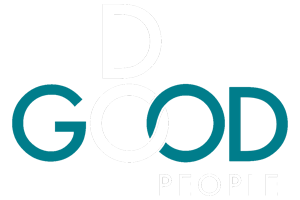Scope 4 emissions, also known as ‘avoided emissions’ are beginning to take over corporate rooms in an effort to take sustainability to the next level.
What you will find
Emission reduction has been at the forefront of corporate sustainability strategies for quite some time. These environmental initiatives are crucial to the global goal to slow down global warming.
However, traditional ways of measuring GHG emissions (this is, scope 1, 2 and 3 emissions) do not alway offer the clearest or most comprehensive view at a company’s impact on the environment.
Here is where scope 4 emissions may help businesses have a deeper and clearer understanding of how far their products’ or services’ impact actually goes.

Scope 1, 2 and 3 emissions
Before we get into scope 4 emissions and their relevance to corporate sustainability, we first need to set the basics, this is, what are scope 1, 2 and 3 emissions?
Scope 1 emissions refer to direct emissions, those that a company causes by operating the things that it owns or controls. Scope 2 emissions on the other hand, are known as indirect emissions, and describe those GHG emissions that derive from the production of the energy the organization buys. Last but not least, scope 3 emissions also refer to indirect emissions, however, the latter fall out of the company’s control and under the wider value-chain.
These three categories have naturally come to take over businesses’ emission reduction plans, with a clear focus on scope 1 and 2, which are overall easier to manage as they are the most tangible of the three.
Engage employees in the sustainability strategy
Scope 3 emissions, because of their indirect nature, and the difficulty of measuring a product’s entire life-cycle-impact, have made many sustainability leaders burst their brains. However, these are precisely the kind of emissions that regulators are increasingly demanding more information about.
What are scope 4 emissions?
Scope 4 emissions stand outside of regulators territory and lack any official standardization, and for that reason many companies may overlook them and their importance to their own overall environmental impact.
The latter are also known as ‘avoided emissions’, and they refer to the emission reductions that occur outside of a value chain or the life cycle of a product.
All in all, scope 4 emissions give a more comprehensive look into the positive or negative externalities of products and services, offering a wider understanding of a company’s environmental footprint.

A common example given to understand scope 4 emissions is that of a company that produces low-temperature detergents, which will help save energy and reduce the average CO2 emissions that a washing machine can generate.
Or, another example is that of energy efficient technologies, a laptop, for instance, which has been produced with a more energy efficient battery; this will result on users not having to charge the device as much or as often, which ultimately reduces electricity emissions.
Why are scope 4 emissions relevant?
As we have mentioned before, scope 4 emissions are nor internationally regulated not standardized, but that is not to say they are not relevant to a company’s sustainability journey.
What the latter examples really helps us understand is how much deeper companies can actually go in terms of what and how they report regarding sustainability or ESG matters if they actually focused on understanding scope 4 emissions.
Reporting under these terms is about going the extra mile, by disclosing information not just regarding the emissions a company is directly or indirectly responsible for, but also taking great pride on the emissions it helps to prevent through the design or features of its products or services.
Transform sustainability into an employee benefit
Employees' role in scope 4 emissions
There is an additional reading we can do of what scope 4 emissions entail for businesses. In fact, they have commonly been attributed to the emissions people who work remotely from home generate, due to the simple fact that not having to commute or take business trips, for example, helps reduce emissions.
What this really tells us is that company policies can also become key instruments to help improve scope 4 emissions and consequently create better, more nuance sustainability reports.
What better way to start working on managing scope 4 emissions than through employees? We believe this is a great opportunity to engage workers at all levels of the organization in sustainability, and do so with new and more comprehensive data for corporate non-financial reporting purposes.

How to engage employees in the sustainability strategy
In DoGood, we aim to simplify the complex web of sustainability objectives for companies by offering a platform that translates the high-level ESG (Environmental, Social, Governance) objectives into actionable tasks for every single employee.
Then, each employee not only knows how to make an impact but also feels empowered to contribute meaningfully to the greater sustainable strategy.
No more vague directives. No confusion. DoGood automates the process, making it seamless for the workforce to know precisely what steps to take.







